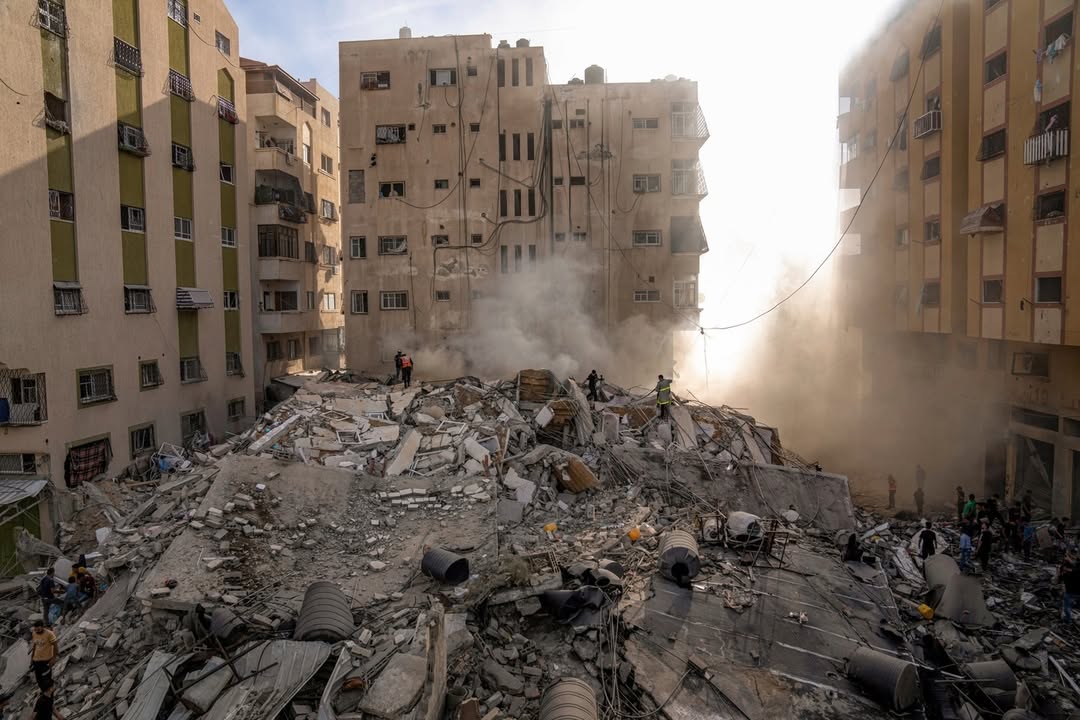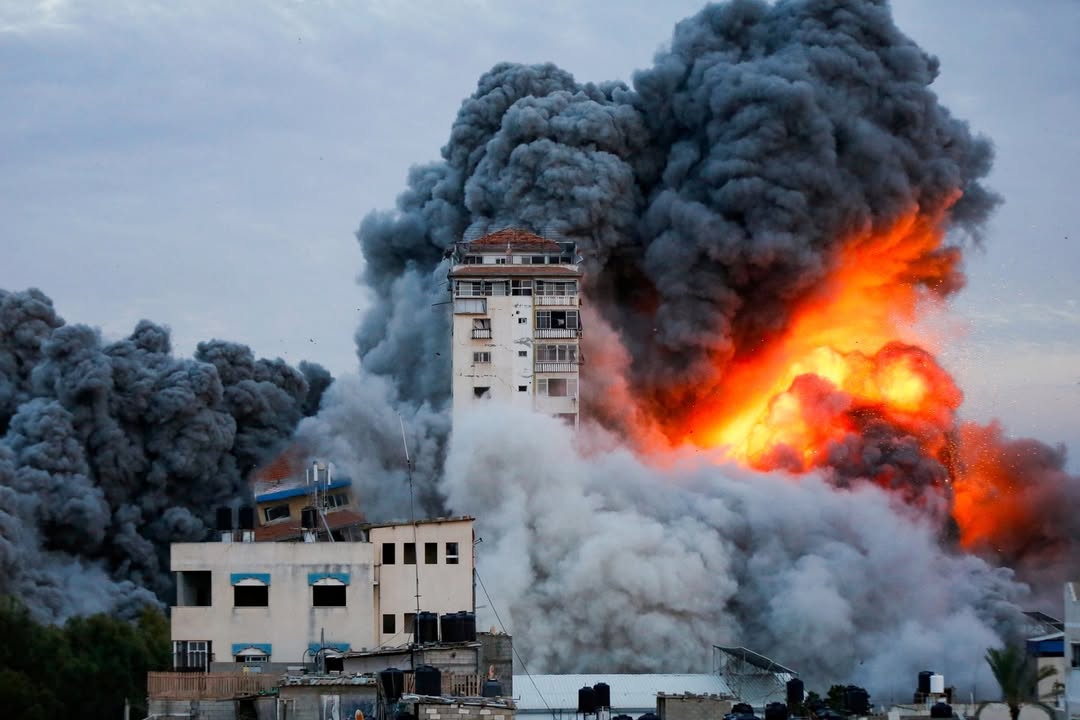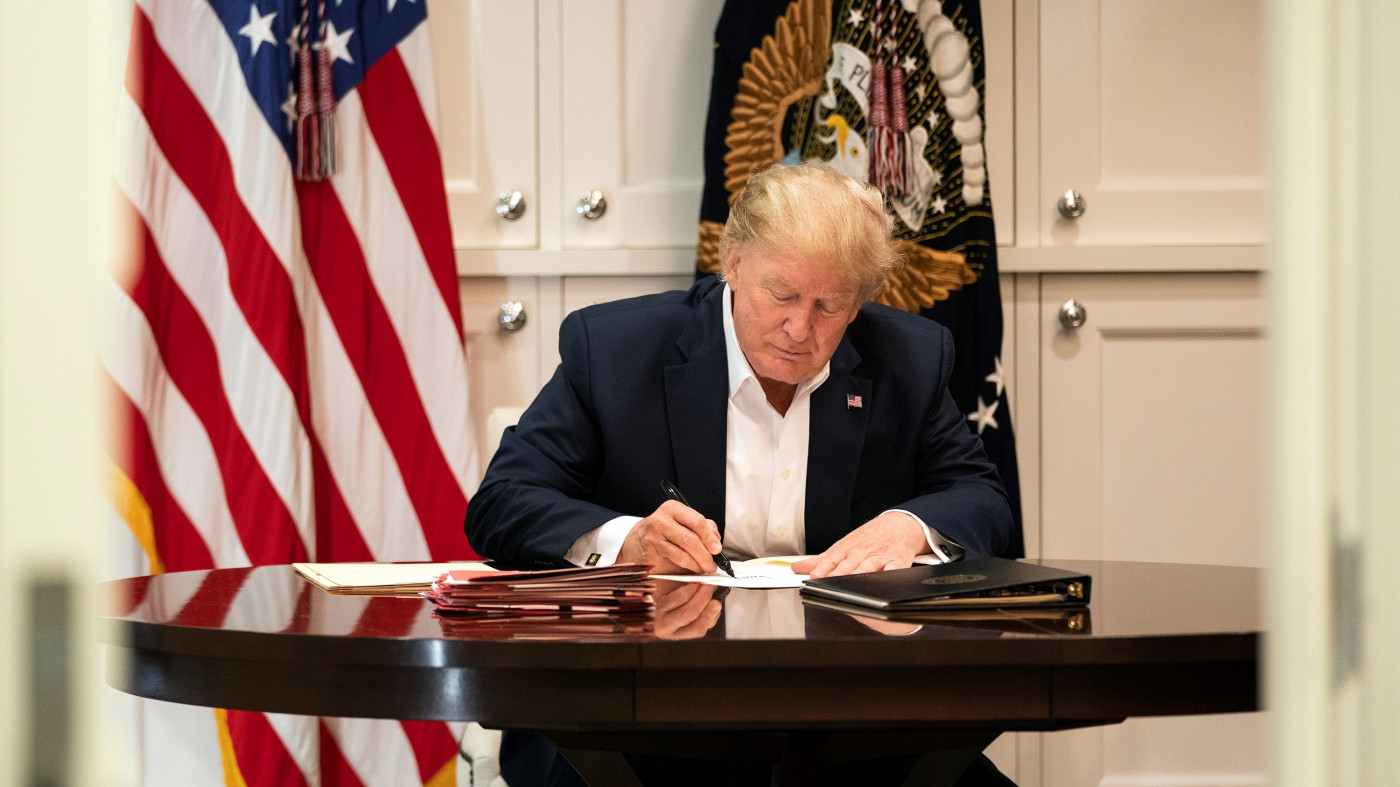Does Donald Trump Want To Own The Gaza Strip?
Donald Trump has expressed interest in turning the Gaza Strip into the “Riviera of the Middle East.”
In this article we explore this idea in a hypothetical scenario, we can consider how such a plan could align with Trump's broader vision for economic development and his approach to foreign policy, particularly in the context of the Middle East.
During his presidency, Trump was known for his focus on economic growth, infrastructure, and creating partnerships with both established and emerging economies. His "America First" doctrine centered on strengthening U.S. economic interests, while also promoting the idea of developing underutilized regions to boost prosperity. The concept of transforming Gaza, a territory mired in conflict and economic hardship, into a flourishing, luxury tourist destination akin to the French Riviera, would be a bold, and highly controversial, move.

Gaza, home to over two million Palestinians, has long been in the spotlight due to its political instability and the humanitarian crisis that affects its residents. The region is under Hamas control, which has led to economic blockades imposed by Israel and Egypt, further hindering development. Gaza's infrastructure and economy have struggled to recover from repeated conflicts, and the daily living conditions are challenging for its residents. However, despite these obstacles, the idea of turning Gaza into a high-end, tourism-driven economy is not completely unfounded.
RELATED: Donald Trump Net Worth. A Deep Dive into His Fortune.
Under a hypothetical Trump administration proposal, the plan might focus on capitalizing on Gaza's coastal beauty, with its Mediterranean beaches and proximity to key Middle Eastern trade routes. Trump, who has a history of promoting real estate development and branding luxury properties, could see the region's potential as a tourist destination for the wealthy, with resorts, high-end hotels, casinos, and entertainment venues—similar to the luxury-driven economies of Monaco and the French Riviera. His business acumen and global branding could be seen as tools to market the area as an elite travel destination.

However, such a vision would be met with significant opposition. Any attempt to develop Gaza into a luxury haven would require overcoming immense political, social, and economic challenges. Gaza’s political instability, the ongoing Israeli-Palestinian conflict, and the strong resistance from Palestinian groups and surrounding Arab nations would make it difficult, if not impossible, to implement such a project. Additionally, the humanitarian concerns in the region would likely take precedence over any tourism-driven initiatives.
In conclusion, while Trump’s vision of turning the Gaza Strip into the “Riviera of the Middle East” is an intriguing and provocative concept, the feasibility of such an idea remains highly questionable. The complex political dynamics, ongoing conflicts, and humanitarian issues would present insurmountable challenges to such an ambitious undertaking.










